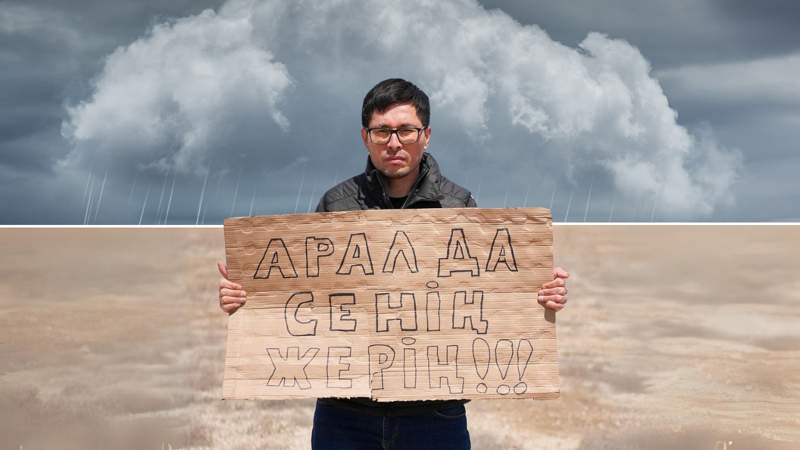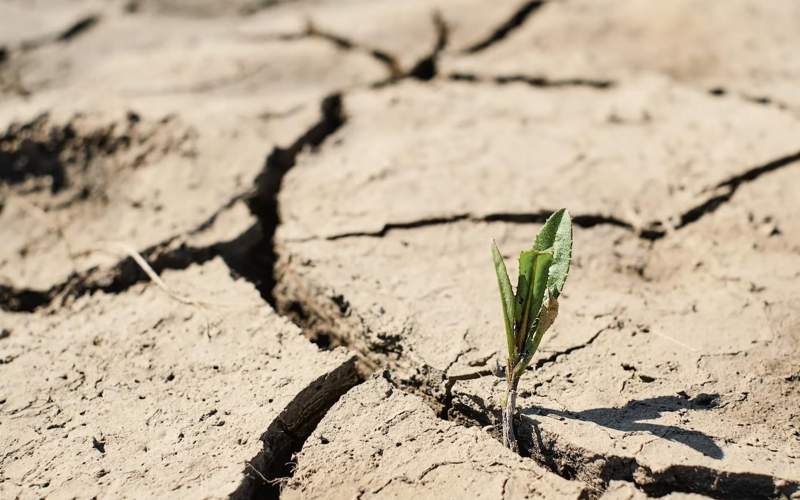In recent years, news about the successful use of the ionization method to cause rain in the UAE, Jordan and other countries has often appeared on the Internet. Kazakhstani Altay Ainabek also claimed that he was able to cause rain in Mangistau using this technology. However, is this method really effective, and how safe is it? Kazhydromet sent requests to the National Hydrometeorological Services of several countries to get their expert opinion on the use of this technology, Kazinform correspondent reports.
Thus, according to the official response of the UAE National Meteorological Center, three experimental works on increasing the amount of rainfall in the UAE in 2001, 2006, 2007 were unsuccessful and did not achieve promising results.
— Subsequent similar proposals were rejected by the UAE Rainfall Enhancement Program Review Committee due to the lack of successful results and scientifically sound evidence. The UAE NHMS management strongly recommends “not engaging in ionization-type experiments,” Kazhydromet reported in response to an official request from the editorial board.
In addition, the Jordanian NHMS responded that the Jordanian Meteorological Department has not directly applied this technology. However, according to their data, over the past 30 seasons, more precipitation has fallen during the period when ionization was not used.
Let us recall that earlier experts from the World Meteorological Organization (WMO) at the UN reported to Kazhydromet that at present the world scientific community does not recognize the technology of causing rain by ionizing the atmosphere.
According to the WMO statement on active modifications, all precipitation enhancement technologies are aimed at accelerating or stimulating existing natural processes and can be implemented on a local scale.
It is noted that there are traditional and alternative technologies for increasing the amount of precipitation from clouds.
The traditional technology is cloud seeding, alternative technologies include ionization, electric fields, laser technologies and acoustic waves.
According to WMO recommendations, for successful implementation of active interventions it is necessary to carry out preliminary studies to confirm that:
— the climatology of clouds and precipitation in a particular place indicates favorable conditions for active influences;
— the conditions are suitable for the active influence methods used;
— taking into account socio-economic and environmental factors should be an integral part of planning scientific experiments and operational programs for active impacts.
Experts also note that atmospheric processes are very complex, and that an increase in precipitation requires appropriate climatic potential.
— According to research conducted by domestic meteorologists in Kazakhstan, only in the northern regions of the country is there sufficient potential for cloud water reserves to increase the amount of precipitation, while in other regions these figures are insignificant, — reported Kazhydromet.
In addition, according to the results of experiments conducted in the Russian Federation and the USA, today it is possible to increase the amount of naturally occurring precipitation by 10-15%.

Let us recall that earlier the technology of artificial rain of Altai Ainabek over the Aral Sea was commented on by the Ministry of Agriculture of the Republic of Kazakhstan. As it turned out , such a project has already been proposed by foreigners, and this approach still requires comprehensive study. The Minister of Ecology and Natural Resources Erlan Nysanbayev also expressed his opinion on the “Rain Man” project. According to him, both scientists and organizations dealing with this problem around the world are skeptical about the ionization method. This is an unproven, unfounded approach.
Observations of atmospheric precipitation in the Kyzylorda region are carried out at 15 meteorological stations, of which 9 are traditional and 6 are automatic. Modern TRWS-204 precipitation sensors are installed at the automatic stations.
In accordance with the laws “On Ensuring the Uniformity of Measurements”, “On Accreditation in the Field of Conformity Assessment” and “On Technical Regulation”, all measuring instruments used in the observation network are included in the register of the state system for ensuring the uniformity of measurements of the Republic of Kazakhstan and undergo a periodic verification procedure.
Precipitation in the Kyzylorda region
Thus, the precipitation regime in the Kyzylorda region is characterized by high interannual variability. The annual amount of precipitation in the region over a long-term period (1936–2023) varies from 42.6 mm (2021) to 293.2 mm (1965), and the long-term average is 100–130 mm. In some years, there may be no precipitation in the summer for 2–3 months.
The maximum annual precipitation falls at the Akkum meteorological station (180 mm), the minimum at the Karak and Shirik-Rabat meteorological stations (92-93 mm). In the cold season, precipitation falls from 8 to 25 mm. Summer is very dry, and during this period, precipitation is negligible. The amount of precipitation for the summer months (June, July, August) is only 2 to 8 mm.
On average, the region has two precipitation peaks in the annual cycle: in spring (April) and autumn (November). The minimum amount of precipitation falls in summer, in August.

In addition, with an annual precipitation rate of 100-130 mm, the annual evaporation rate is ten times higher and amounts to 1250-1450 mm.
— Despite the scarcity of precipitation in spring and summer, in some years a large amount of precipitation may fall per day. The maximum daily precipitation of 79 mm fell in April 1967 at the Kazaly meteorological station and in June 1981 at the Zhosaly meteorological station. Also, in the spring and summer months at different times, from 37 to 54 mm of precipitation fell per day. Also, according to the presented table, in some years an abnormal amount of precipitation may fall per day by 1000% more than the climatic norm. In particular, such extremes occur in the last few decades, — the Ministry of Ecology of the Republic of Kazakhstan reported.
According to the synoptic analysis, in the period from May to July 2024, a contrast in air temperature and frequent movement of baric formations were observed in the upper layers of the atmosphere of the Northern Hemisphere. During this period, cyclonic activity prevailed over the territory of Kazakhstan, which caused rainfall of varying intensity. Also, the positive active phase of El Niño in the period 2023–2024 contributed to the increase in moisture in the atmosphere of high latitudes.
— In May (04-08, 13-14, 16-22, 24-25 May) with frequent passage of South Caspian and Southern cyclones across the territory of Kyzylorda region, rains from 0.1 to 12 mm were observed, while at night on 05 May in the center of the region heavy rains of 19-27 mm were observed. In June, the weather was influenced by Southern and Atlantic cyclones, due to which 0.1-4 mm of precipitation fell on 06-09 and 22-30 June.
In July (01–22 July), the region’s territory was under the influence of a slow-moving Southern cyclone, with which rainfall of up to 0.1–13 mm fell on 06, 08 and 10–20 July.
— In connection with the above, it should be noted that the rains that fell in the Kyzylorda region and in the city of Kyzylorda were due to natural synoptic conditions and were predicted in advance with an accuracy of up to 10 days. The amount of precipitation in June-July is about and less than the average long-term norm, — the experts concluded.
https://www.inform.kz/ru/poopitu-oae-pochemu-vkazahstane-nesleduet-vizivat-iskusstvennie-dozhdi-4e3675



